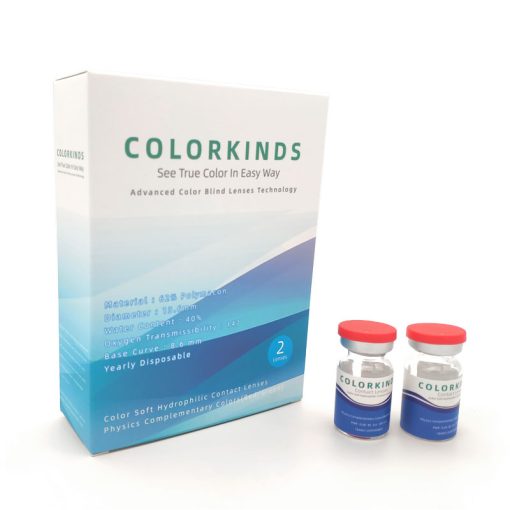
Understanding Color Deficiency: Can Red-Green Colorblind Individuals See Yellow?
1. Can red green colorblind see yellow?
It's a common misconception that people with red-green colorblindness can't see any colors at all. In reality, people with this condition can see colors, but they often have trouble distinguishing between certain colors, such as red and green.
One of the most common questions people with red-green colorblindness get asked is whether or not they can see yellow. The answer to this question is a bit complicated.
On the one hand, yellow is a color that is made up of red and green light. This means that, in theory, people with red-green colorblindness should be able to see yellow.
On the other hand, yellow is often confused with other colors, such as green, by people with red-green colorblindness. This is because the red and green light that makes up yellow is not as easily distinguished by people with this condition.
So, to answer the question, people with red-green colorblindness can technically see yellow, but they may have trouble distinguishing it from other colors.
2. How do people with red-green colorblindness perceive color?
People with red-green colorblindness have trouble distinguishing between red and green. They may see green as brown or yellow, and red as brown or orange. Colorblindness is a genetic condition that affects approximately 1 in 12 men and 1 in 200 women.
3. What are the causes of red-green colorblindness?
There are many different types of colorblindness, but red-green colorblindness is the most common. It affects about 1 in 12 men and 1 in 200 women.
There are two types of color receptors in the eye – cones and rods. Cones are responsible for color vision, while rods are responsible for black-and-white or night vision. There are three types of cones, each sensitive to a different color – red, green, or blue.
People with red-green colorblindness have a defect in the green or red cones. This means that they can’t distinguish between these two colors. The most common type of red-green colorblindness is caused by a deficiency in the green cones. This is called deuteranomaly.
There are several other less common types of red-green colorblindness, including:
- Green-blindness (achromatopsia): This is when the red and green cones are both missing. This is a very rare condition, affecting only about 1 in 30,000 people.
- Red-blindness (protanomaly): This is when the red cones are missing or don’t work properly. This is also a very rare condition, affecting only about 1 in 30,000 people.
- Blue-yellow colorblindness: This is when the green cones are missing or don’t work properly. This is a rare condition, affecting only about 1 in 100,000 people.
Red-green colorblindness is usually inherited, which means it’s passed down from your parents. In most cases, it’s caused by a defect in the X chromosome. This is why it’s more common in men than women.
There are some conditions that can cause acquired colorblindness, which is when you lose your color vision later in life. These include:
- Age-related macular degeneration: This is a condition that affects the central part of the retina, called the macula. It’s the most common cause of acquired colorblindness in older adults.
- Glaucoma: This is a
4. How is red-green colorblindness diagnosed?
There are a few ways that red-green colorblindness can be diagnosed. One way is through the Ishihara Test, which is a series of colored plates with numbers or patterns on them. If someone with red-green colorblindness is looking at the plates, they will not be able to see the numbers or patterns as clearly as someone without the condition.
Another way to diagnose red-green colorblindness is through the Anomaloscope. This is a device that allows someone to mix two colors of light together to create a third color. Someone with normal vision will be able to see a range of colors when they use the Anomaloscope, but someone with red-green colorblindness will only be able to see a limited number of colors.
If you think you or your child may have red-green colorblindness, it is important to see an eye doctor for a proper diagnosis. There is no cure for red-green colorblindness, but there are ways to manage it. For example, people with this condition can use special glasses or contact lenses that help them to see colors more clearly.
5. What are the treatments for red-green colorblindness?
According to the National Eye Institute, there is no known cure for red-green colorblindness. However, there are a few treatment options available that can help improve a person’s ability to see color.
One treatment option is the use of color filters. These filters can be worn over the eyes or placed in front of the eyes (such as on a computer screen). The goal of color filters is to help separate the colors so that they are easier to distinguish.
Another treatment option is the use of special contact lenses or glasses. These lenses or glasses contain tiny red and green filters that can help improve color vision.
Finally, some people with red-green colorblindness may benefit from special training programs. These programs can teach the brain to better process color information.
If you or someone you know has red-green colorblindness, talk to an eye doctor about the best treatment options.
